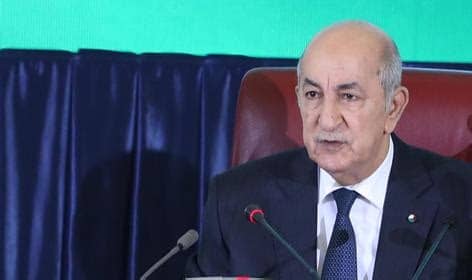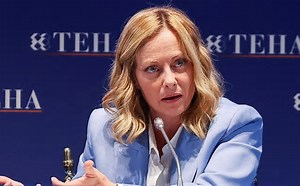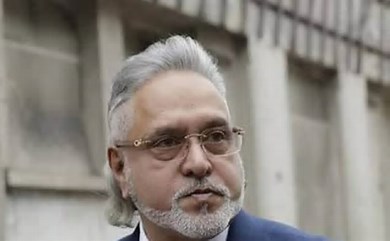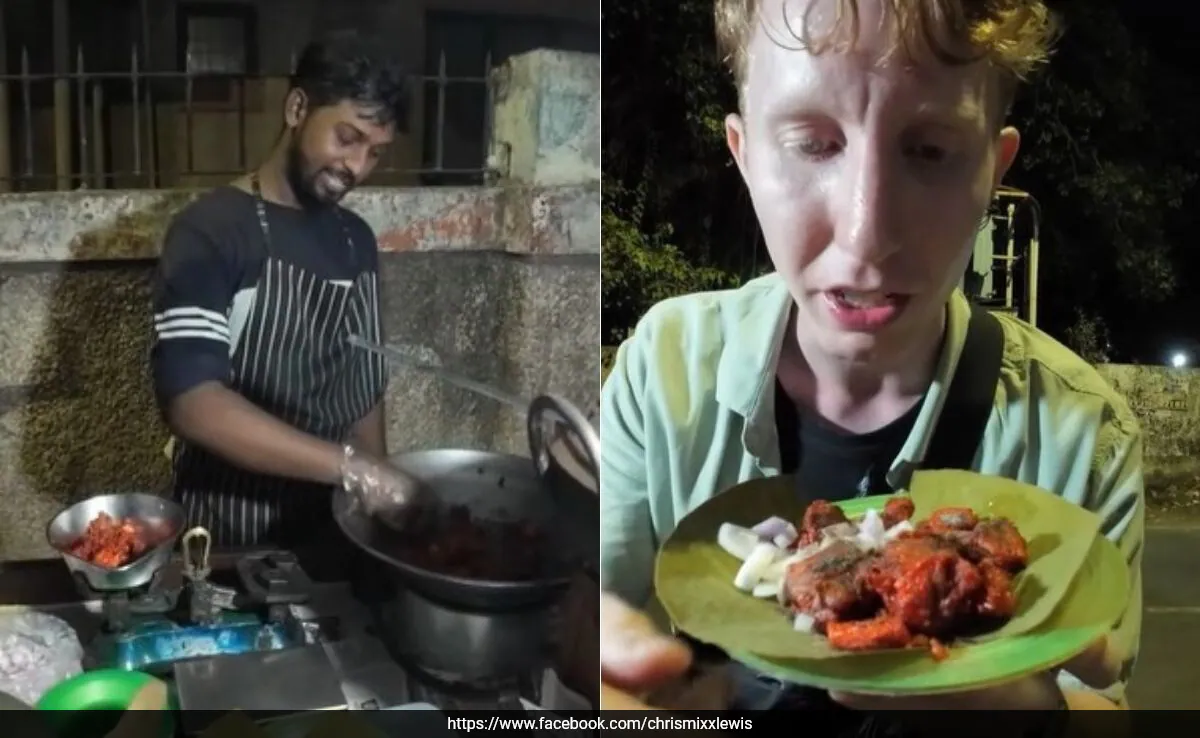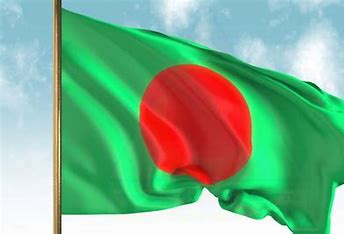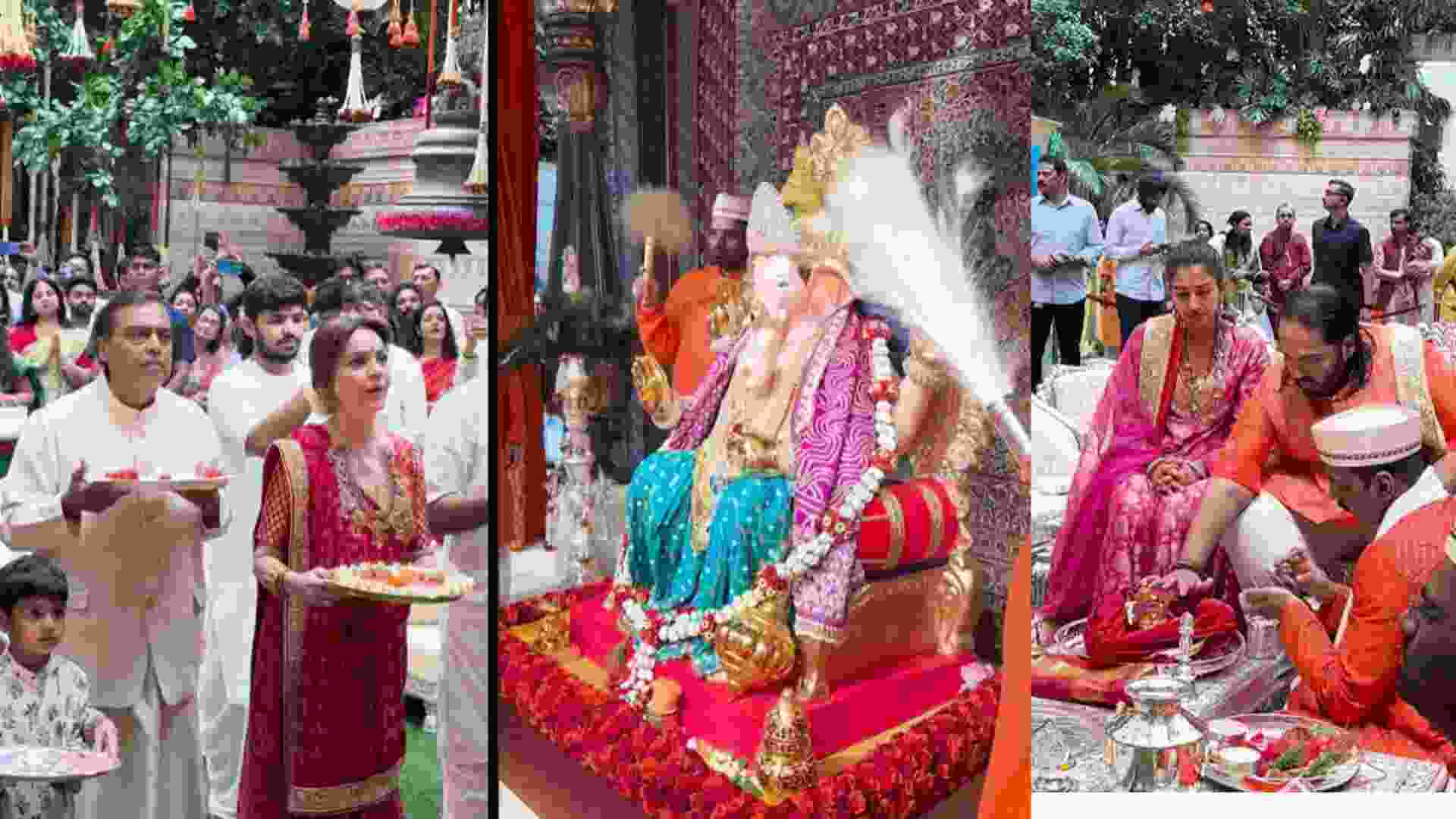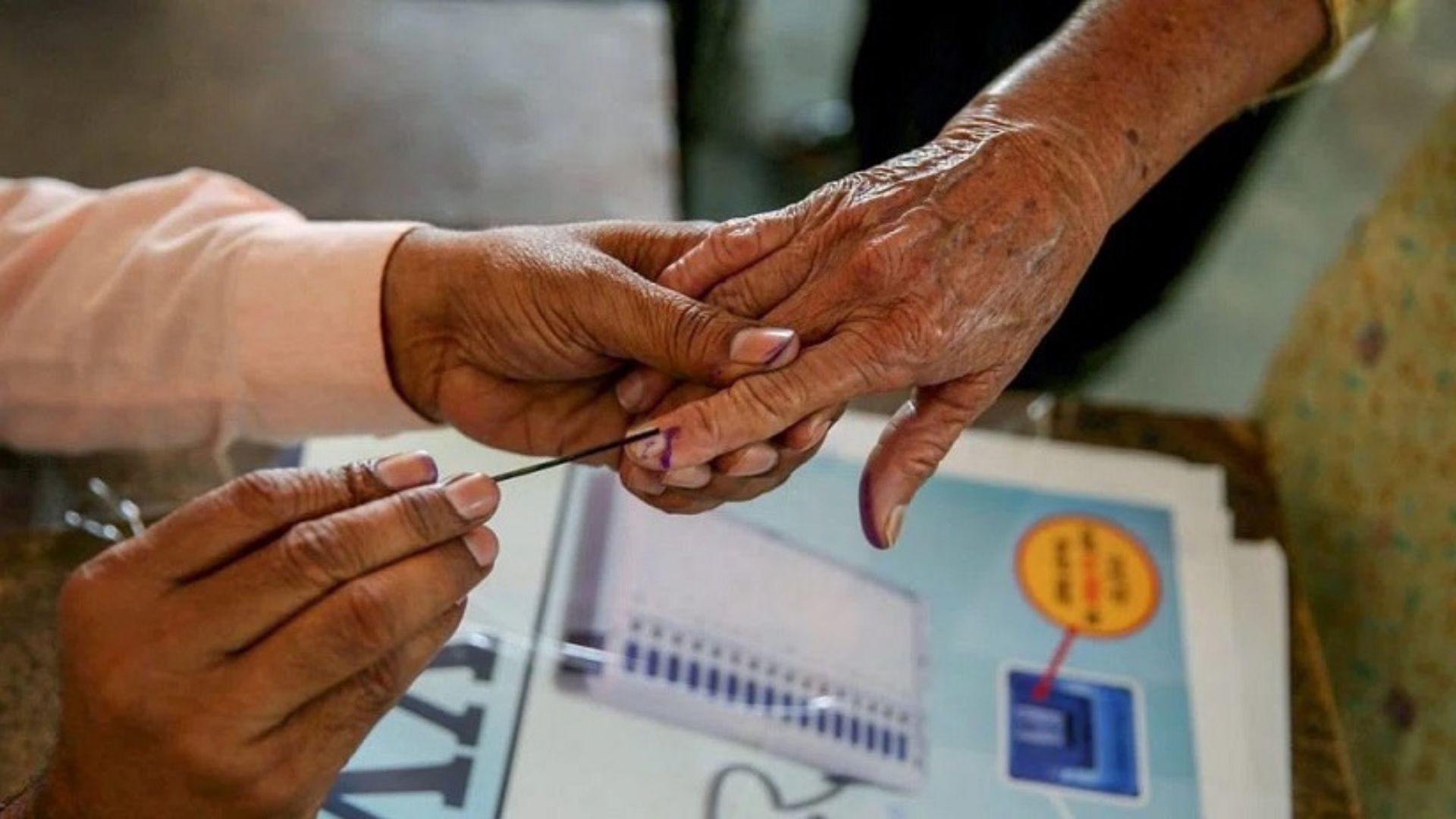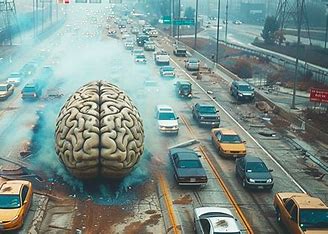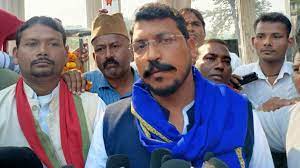
Political buzz in the state of Uttar Pradesh is at a high ahead of the Ghosi by-election. This election is being regarded as a clash between the Bharatiya Janata Party (BJP) and the Samajwadi Party (SP) and is often referred to as the “semi-final” of the 2024 Lok Sabha elections. Both sides recognise the significance of these polls and have intensified their preparations accordingly. On one hand, leaders like Dr Sanjay Nishad, the president of the Nishad Party, and Om Prakash Rajbhar, the president of Suheldev Bhartiya Samaj Party (SBSP), have been conducting public meetings in Ghosi, on the other, whether it is Congress releasing letters of support or RLD expressing support, Akhilesh Yadav’s old allies—apart from Jayant Chaudhary—do not seem to be actively participating in this election.
However, Bhim Army president Chandrashekhar Azad has so far been silent regarding the election; and this could be detrimental for the SP’s candidate. The primary reason behind this is that the Bahujan Samaj Party (BSP) does not have a candidate in this constituency. Looking at the caste arithmetic, this constituency has around 430,452 voters. In an election where it’s a direct fight between the SP and BJP, playing the caste card becomes crucial for any party since the majority of voters in the constituency belong to the Dalit community. With no BSP candidate in the fray, there are concerns of vote scattering. It will be crucial to see which party can appeal to these voters.
Additionally, the second-largest population in this constituency is the Muslim community, with around 60,000 voters. Bhumihar voters—with a population of around 48,500—also have an impact in this region and can influence a party’s victory or defeat. Furthermore, there are a significant number of Yadav voters (approximately 42,000) in this area. Rajbhar voters are around 40,000, Nishad voters around 16,000, Rajput voters around 15,000, Koeri voters around 6,200, Kurmi voters around 5,700, Dusadh voters around 5,400, Khateek voters around 4,200, Brahmin voters around 4,100, Gaud and Kharwar voters around 3,500, Lala voters around 1,600, Nai voters 1,300, Kumhar voters 1,200, Musahar voters 900, Sindhi voters 800, and other communities contribute around 75,000 voters.

